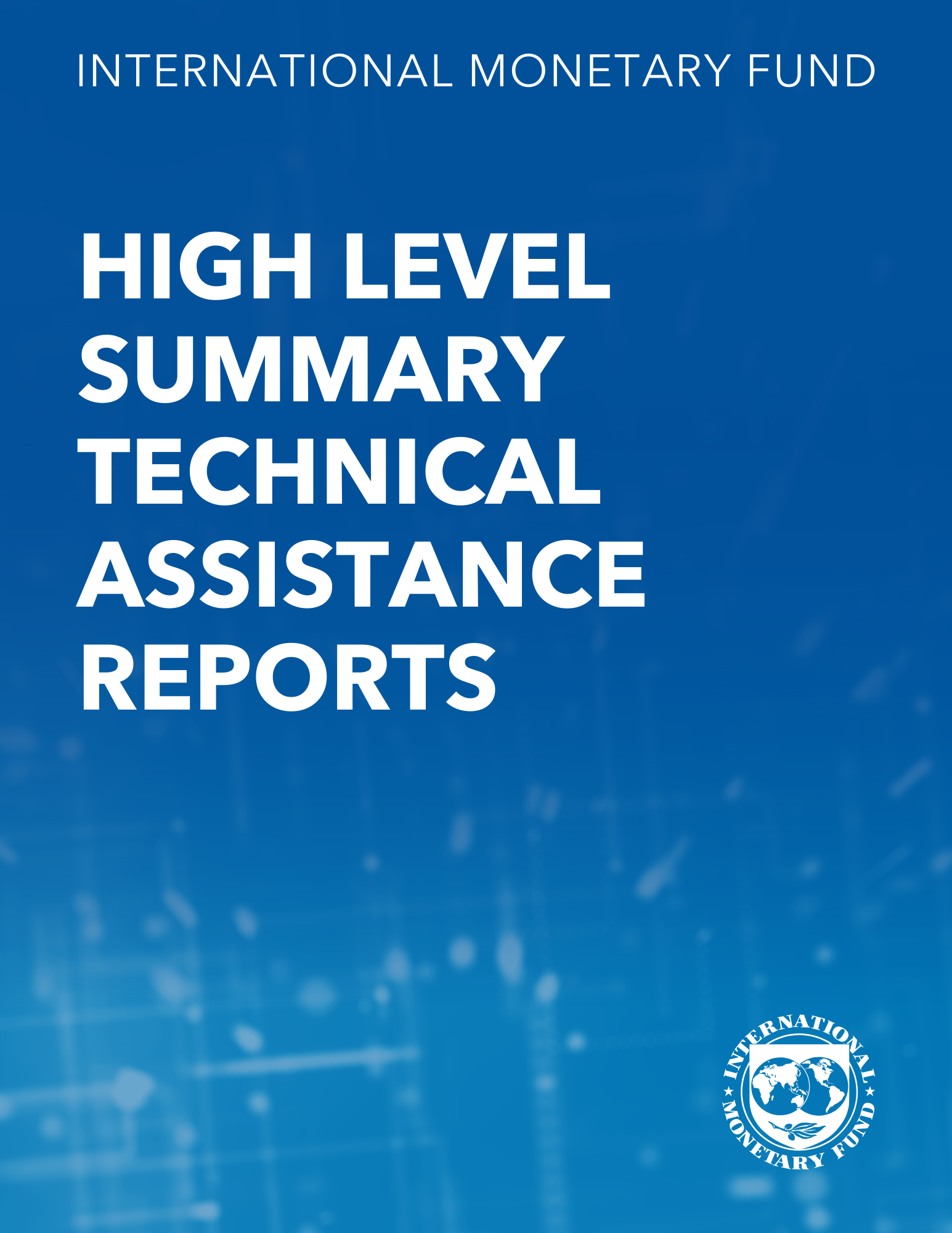Patterns of Shocks and Regional Monetary Cooperation in South Asia
December 1, 2003
Disclaimer: This Working Paper should not be reported as representing the views of the IMF.The views expressed in this Working Paper are those of the author(s) and do not necessarily represent those of the IMF or IMF policy. Working Papers describe research in progress by the author(s) and are published to elicit comments and to further debate
Summary
The member states of the South Asian Association for Regional Cooperation have set as a target the achievement of an economic union by 2020. Reaching this goal will require greater levels of monetary cooperation. How should this be achieved? Data from South Asia suggest that member states have minor trade linkages and face asymmetrical patterns of shocks. This paper concludes that, absent a clear road map for monetary cooperation, the present process must be structured so as to be harmonized with the level of regional economic integration.
Subject: Currencies, Economic integration, Exchange rates, Foreign exchange, Inflation, Monetary unions, Money, Prices
Keywords: Currencies, exchange rate, Exchange rates, India, Inflation, Monetary unions, regional monetary cooperation, SA region, SAARC home page, SAARC member country, SAARC member states, SAARC trade, SAARC website, shocks, South Asia, WP
Pages:
28
Volume:
2003
DOI:
Issue:
240
Series:
Working Paper No. 2003/240
Stock No:
WPIEA2402003
ISBN:
9781451875812
ISSN:
1018-5941







